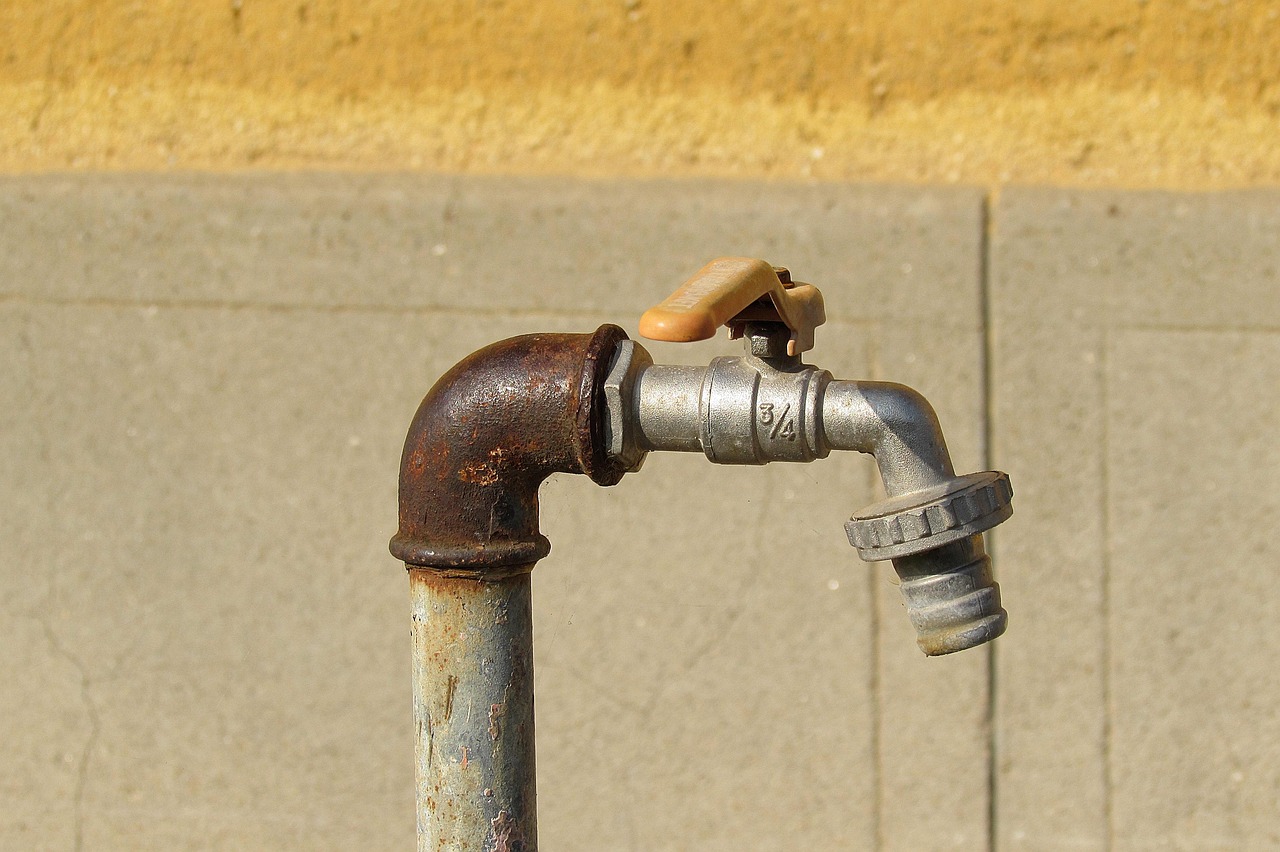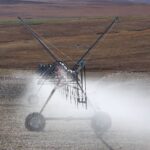Irrigation Water Solutions near Oregon: Southeastern Oregon is also impacted by the water cycle shortages.
Irrigation Water Solutions, Future Challenges and Predictions, and more…
The Great Basin’s Water Crisis: A Balancing Act
The Great Basin, a vast expanse encompassing portions of California, Nevada, Utah, Oregon, Idaho, and Wyoming, is grappling with a severe water shortage. This crisis is a consequence of two intertwined factors: climate change and a rapidly growing population.
The Water Cycle in the Great Basin:
The Great Basin’s water cycle is a delicate system that relies on a careful balance of evaporation, precipitation, and runoff.
- Evaporation: The sun’s heat transforms water in lakes, rivers, and soil into vapor, which ascends into the atmosphere.
- Precipitation: This water vapor eventually condenses and falls back to Earth as precipitation, primarily in the form of snow.
- Runoff: Snowmelt and rain create runoff that flows into rivers, streams, and lakes, replenishing the water supply.
Finding Solutions: How We Can Save Water in the Great Basin
The water scarcity in the Great Basin necessitates a multifaceted approach to conservation.
Water Conservation:
- Conserving Water at Home: Each individual can make a significant impact by adopting water-saving practices in their daily lives. This includes taking shorter showers, reducing lawn watering frequency, and promptly fixing any leaky faucets.
Addressing the Crisis:
Beyond individual efforts, systemic changes are crucial to address the Great Basin’s water crisis.
- Sustainable Water Management: Implementing efficient water management strategies is essential to ensure the long-term sustainability of the region’s water resources. This includes optimizing water use in agriculture, industry, and urban environments.
- Climate Change Mitigation: Reducing greenhouse gas emissions is paramount to mitigating climate change’s impact on the Great Basin’s water cycle. This requires transitioning to renewable energy sources and promoting sustainable land management practices.
- Community Engagement: Engaging local communities in water conservation efforts is vital to fostering a sense of responsibility and ownership. Collaborative efforts can lead to more effective solutions and a shared commitment to preserving water resources for future generations.
The Great Basin’s water crisis is a pressing issue that demands immediate action. By embracing conservation practices, implementing sustainable water management strategies, and addressing climate change, we can help ensure the region’s future water security.
💧 The Great Basin’s Water: A Balancing Act 💧
TL;DR The Great Basin is a dry region facing a water crisis due to climate change and population growth. This article explains how water moves through the region, the challenges of water shortages, and potential solutions to help us conserve and manage water wisely.
H2: The Water Cycle in the Great Basin: A Balancing Act
The Great Basin is a big area in the western United States that includes parts of California, Nevada, Utah, Oregon, Idaho, and Wyoming. It’s called the Great Basin because the mountains surrounding it trap water, making it a dry place.
The water cycle in the Great Basin is a delicate dance:
- Evaporation: The sun heats up water in lakes, rivers, and soil, turning it into water vapor that rises into the air.
- Condensation: As the water vapor rises, it cools and turns back into tiny water droplets, forming clouds.
- Precipitation: When the clouds get full of water droplets, they release the water as rain or snow.
- Collection: The rain and snow fall on the ground, filling rivers, lakes, and underground aquifers.
- Runoff: Some water flows downhill into rivers and streams, while other water soaks into the ground.
H2: The Challenges of Water Shortages
The Great Basin is facing a growing water shortage problem. Here’s why:
- Climate Change: Climate change is causing temperatures to rise and snow to melt earlier in the year. This means there is less water stored as snowpack, which is a vital source of water for the region.
- Population Growth: More people are moving to the Great Basin, putting a strain on the already limited water supply.
- Water Use: Farmers, businesses, and people use a lot of water, especially during hot, dry summers. This can lead to a shortage of water for other needs, like drinking water.
H3: The Impact of Water Scarcity in Southeastern Oregon
Southeastern Oregon is also part of the Great Basin and is facing water shortages. This affects local communities, agriculture, and wildlife. For example, lower water levels in rivers and streams impact fish populations and the health of the ecosystem.
H2: Finding Solutions: How We Can Save Water in the Great Basin
There are many things we can do to address the water shortage problem:
H3: Water Conservation
- Conserving Water at Home: We can all do our part by taking shorter showers, watering our lawns less often, and fixing leaky faucets.
- Using Water Efficiently: We can also use water-efficient appliances, like low-flow toilets and showerheads.
H3: Innovative Irrigation Techniques
- Drip Irrigation: This method delivers water directly to the roots of plants, reducing water waste.
- Smart Irrigation Systems: These systems use sensors to monitor soil moisture and adjust watering schedules based on plant needs.
H3: Policy Measures
- Water Pricing: Setting water prices based on usage can encourage people to conserve water.
- Water Allocation: Governments can set limits on how much water people and businesses can use, ensuring enough water for everyone.
H2: Looking to the Future: Active Climate Rescue Initiative
The Active Climate Rescue Initiative is a non-profit organization working to find solutions to the Great Basin’s water crisis. They are working on:
- Developing new technologies: They are researching new ways to capture and store water more efficiently.
- Supporting conservation efforts: They are working with communities to promote water conservation practices.
- Educating the public: They are raising awareness about the importance of water conservation and the challenges facing the Great Basin.
H2: Summary of the Water Crisis in the Great Basin
The Great Basin’s water cycle is a complex system that is being impacted by climate change and population growth. This is leading to water shortages, which affect communities, ecosystems, and the economy. To address this crisis, we need to implement water conservation measures, invest in innovative irrigation techniques, and develop smart water policies. The Active Climate Rescue Initiative is a valuable resource in this effort, working to find solutions for a sustainable future in the Great Basin.
More on Irrigation Water Solutions…
- ## SEO Keywords: Irrigation Water Solutions
- General:
- Irrigation water solutions
- Water conservation in irrigation
- Sustainable irrigation systems
- Efficient irrigation technologies
- Water management for agriculture
- Irrigation system design and installation
- Irrigation water quality
- Irrigation automation and control
- Smart irrigation systems
- Irrigation optimization software
- Specific Solutions:
- Drip irrigation systems
- Sprinkler irrigation systems
- Micro-irrigation systems
- Subsurface irrigation systems
- Water harvesting systems
- Greywater recycling for irrigation
- Rainwater harvesting for irrigation
- Water treatment for irrigation
- Fertilizer injection in irrigation
- Irrigation sensors and monitoring
- Challenges and Predictions:
- Future of irrigation water solutions
- Water scarcity and irrigation
- Climate change and irrigation
- Water security in agriculture
- Technological advancements in irrigation
- Innovation in irrigation technologies
- Irrigation trends and predictions
- Future water challenges and solutions
- The role of technology in water management
- Sustainable irrigation practices for the future
- Location-based:
- [Location] irrigation water solutions
- [Region] water conservation strategies
- [Country] irrigation technologies
- [City] smart irrigation systems
- Industry-Specific:
- Irrigation for vineyards
- Irrigation for golf courses
- Irrigation for orchards
- Irrigation for landscaping
- Irrigation for urban agriculture
- Additional:
- Irrigation water cost reduction
- Irrigation water efficiency improvement
- Irrigation water audits
- Irrigation system maintenance and repair
- Irrigation system troubleshooting
- Irrigation consulting services
- Water-saving irrigation techniques
- Best practices for irrigation water management
- Water footprint reduction in irrigation




